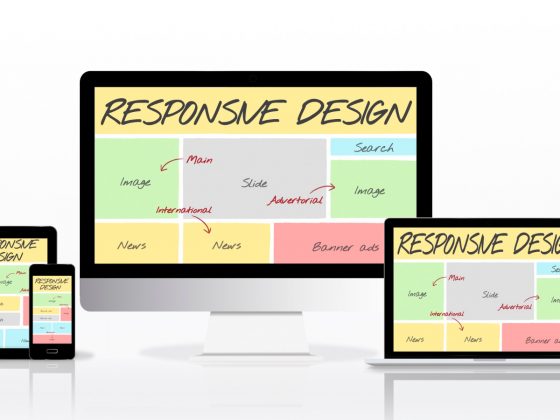Web design is the process of creating a website’s look and feel, as well as its layout and user experience. Web design encompasses many elements, including color schemes, typography, graphics, and images. In today’s digital world, web design has become increasingly important for businesses and organizations of all sizes. In this article, we will discuss what web design is, why it is important, and some of the key factors to consider when creating a website.
First, let’s start with what web design is. At its core, web design is the process of creating the visual and functional aspects of a website. This includes designing the layout, selecting color schemes, choosing typography, and selecting images and graphics. Web designers work with clients to create a website that meets their needs and goals while also appealing to their target audience.
Now, let’s talk about why web design is important. There are several reasons why web design is essential for businesses and organizations. First, a well-designed website can help establish a strong online presence. In today’s digital age, most people turn to the internet to research and purchase products and services. A visually appealing and user-friendly website can help attract potential customers and keep them engaged.
Second, web design can impact a website’s search engine ranking. Search engines like Google prioritize websites that are user-friendly, mobile-responsive, and visually appealing. By optimizing a website’s design for search engines, businesses can improve their visibility and increase their chances of being found by potential customers.
Third, web design can also impact a website’s overall functionality. A well-designed website should be easy to navigate, load quickly, and be accessible to all users, including those with disabilities. A poorly designed website can frustrate users, resulting in high bounce rates and lost business opportunities.
When creating a website, there are several key factors to consider. First, it’s important to understand the target audience and design the website with their needs and preferences in mind. Second, the website should be mobile-responsive, meaning it can be easily viewed and navigated on mobile devices. Third, the website should be optimized for search engines, including using keywords and meta tags.
In conclusion, web design is a crucial aspect of creating a successful website. A well-designed website can help businesses establish a strong online presence, improve their search engine ranking, and enhance their overall functionality. By understanding the importance of web design and considering key factors when creating a website, businesses and organizations can create a website that effectively meets their goals and appeals to their target audience.









